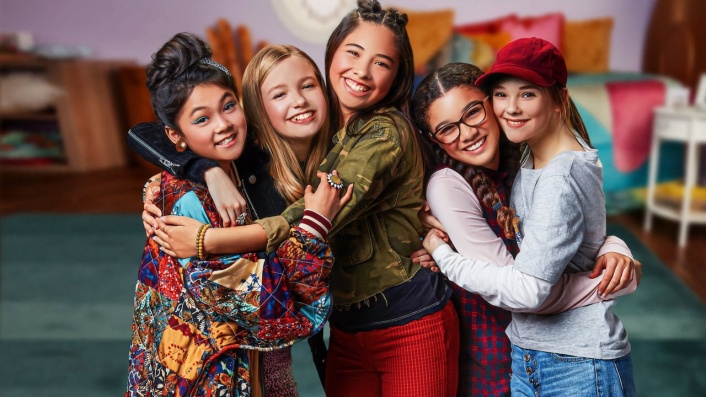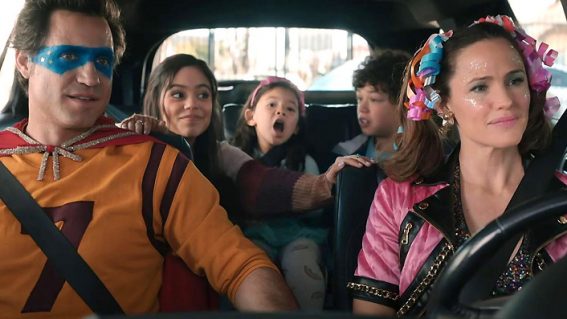Netflix’s The Baby-Sitters Club proves reboots can be done right

There’s been lots of rebooted old TV shows lately, but The Baby-Sitters Club stands apart. It brings its empowering messages to a new generation, writes Jenna Guillaume.
If you hear the words “reboot” and your automatic reaction is to groan and bemoan the lack of original ideas in Hollywood, you’re not alone (as one cursory glance around social media will show you). That was certainly the response among many The Baby-Sitters Club fans when it was announced that Netflix was creating a new series based on Ann M. Martin’s beloved book series about a group of tweens who start their own babysitting business.
With a 1990 HBO series and a 1995 movie already adapted from the books, a lot of Baby-Sitters Club fans were cautious about the prospect of a new series. The things we’ve grown up with often hold a special place in our identities, and new iterations can feel like they threaten that.
But unlike other much-rebooted franchises (like, say, a certain web-shooting superhero), it’s been 25 years since the BSC last appeared on screen—meaning it’s well and truly time for a new version. But there was caution amongst fans about how a series so firmly rooted in the ‘80s and ‘90s would work in 2020.
To the relief of many, it turns out, in the right hands, it actually does. Creator Rachel Shukert has taken the heart and soul of the original series and given it a bit of a makeover, retaining its magic while ensuring it doesn’t feel stale and outdated.
What the new series nails—the key ingredient for any reboot to actually work—is an extremely delicate balance of nostalgia and newness. There are lots of little touches that ensure older fans will feel appreciated—Claudia’s phone, Kristy’s visor, the girls’ handwriting—but not so many that it feels overwhelming or off-putting for new fans. The nostalgia is included in a way that feels authentic, with even the use of the landline phone being explained for plot reasons that surprisingly aren’t too much of a stretch.
Meanwhile, the new The Baby-Sitters Club is much more diverse and inclusive than the original. For instance, Mary Anne is biracial and Dawn is Latinx, the Johanssons are a same-sex couple and Dawn’s dad is gay, and Mary Anne babysits for a transgender girl. Issues that were present in the original books, like Stacey’s diabetes and Mary Anne’s conflict with her father, are dealt with in a more sensitive and informed way. None of these changes feel tokenistic or forced, instead they feel reflective of a reality that’s very different from the world the girls were created in back in 1986.
What’s perhaps crucial to the reboot’s success is that it’s still true to the core of what came before. After all, The Baby-Sitters Club was always inclusive and tackled real-world issues in an accessible way. The difference is now those conversations are much further along than they were 20 or 30 years ago, and so the BSC should be too.
The thing about reboots is they need a narrative reason to exist to really work; to feel like more than dried-up leftovers of what used to be good. The Baby-Sitters Club was created to give young people—young girls in particular—characters they could relate to, that they could be inspired by, that they could learn from, and that they could be friends with. Netflix has brought that sense of being seen and understood to a whole new generation, without taking away that feeling from original fans.
By using old ingredients sparingly and mixing them with new ones, something fresh and special has been created. That’s all too rare with reboots, but this series proves it can be done.


















